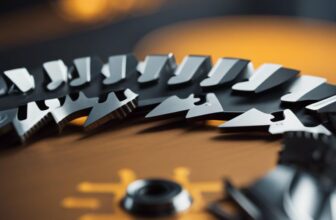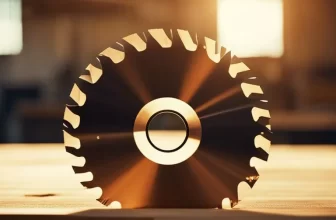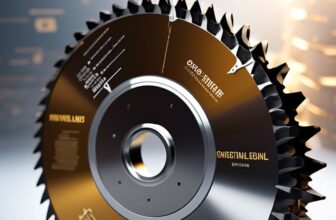Choosing the Right Circular Saw Blade for Plywood

As an experienced carpenter, I’ve learned that having the right circular saw blade makes a big difference when working with plywood. The wrong type of blade can cause splintering, tear-out, or rough edges when cutting plywood’s layered wood grains. In this post, I’ll share my tips on selecting the best circular saw blade for clean, smooth cuts in plywood.
Skip the Standard Construction Blades
The basic 24-tooth framing blades that come with most circular saws are designed for ripping and fast cuts in dimensional lumber. Their widely spaced teeth will tear and splinter plywood. You need a blade optimized for plywood’s cross-grains.
Get a Finer Tooth Count
Look for blades with higher tooth counts of 40, 60, or even 80 teeth. The finer tooth design slices cleanly rather than tearing through the veneers. This prevents splintering on both the face and backside of the plywood.
Choose Alternating Bevel Teeth
Look for circular saw blades labeled “ATB” or “triple chip grind”. The alternating beveled teeth make a slicing action that cuts across plywood’s layers cleanly. A “flat top” blade can cause more splintering.
Use Carbide-Tipped Teeth
Carbide-tipped teeth stay sharper longer than steel, especially when cutting manufactured boards with glue layers. The sharper carbide tips help prevent chip-out and require less frequent blade changes.
Reduce the Feed Rate
Don’t rush the cut! Cutting too quickly with a circular saw increases splintering. Advance the saw more slowly to allow the blade teeth to slice the plywood cleanly.
Follow these tips to find the right circular saw blade for plywood and achieve smooth, professional results. With the proper blade installed, you can cut plywood with confidence and avoid frustrating splinters.







